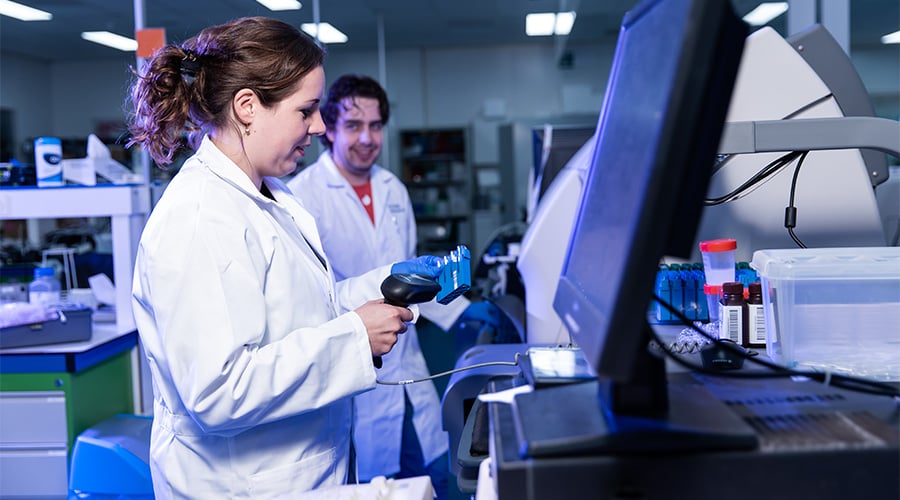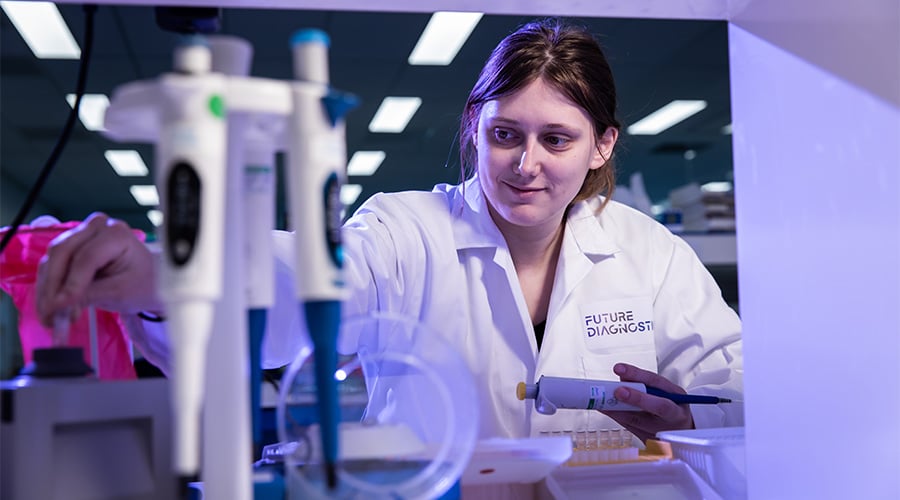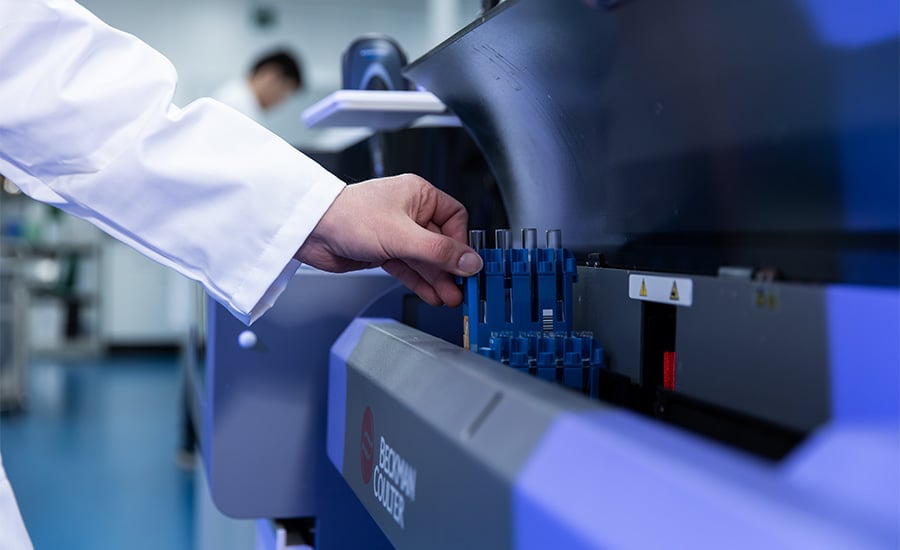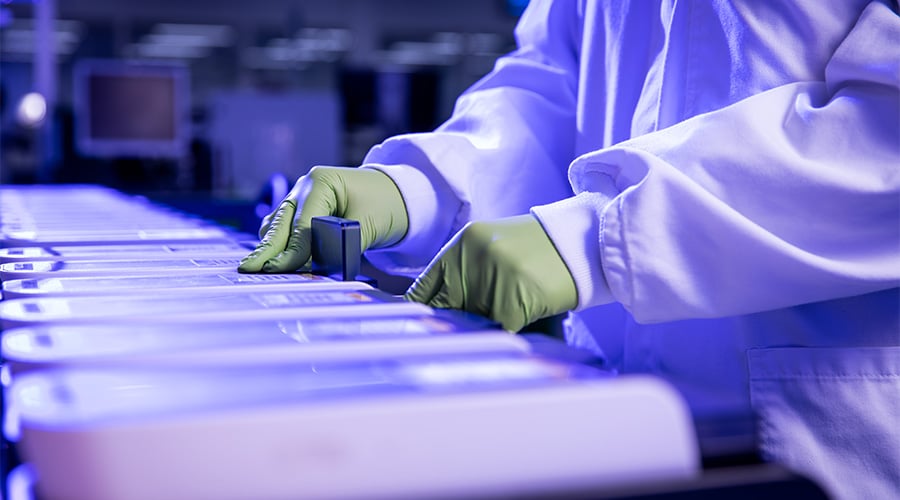The different areas of immunoassays
Be it for determining a Vitamin-D deficiency or the presence of COVID-19 or hiv in clinical specimens; there are immunoassays for measuring each of these specific biomarkers. This blog provides an overview of the different immunoassays present in the current market.

Immunoassays and the different options
When discussing immunoassays and the different options in the field, it is wise to embark on the heart of the matter; the way an immunoassay functions. The immunoassays we develop verify the presence of a specific marker in the clinical specimen by using antibodies and antigens. By setting up the right composition a reaction is triggered. In short, any reaction indicates the presence of a specific substance. If there is no reaction, the marker for which the test is created is not identifiable in the specimen.
A biomarker can be measured in different kinds of immunoassays. Although the outcome is similar, the method and technology behind the test may differ entirely. To illustrate this, we will discuss several assay models in the following section.
Colorimetric immunoassay
The enzyme-linked immunosorbent assay determines various entities such as the presence of antibodies to an infectious disease. EIA (Enzyme Immunoassay) also known as ELISA (Enzyme-Linked ImmunoSorbent Assay), detects and measures antibodies in human samples as a reaction to specific antigens. ELISA-tests are also used to test the concentration of Vitamin D, insulin, COVID-19 or hepatitis antigens in samples.
A basic ELISA-test is executed by coating antigens or antibodies to a surface. Next, a sample potentially containing matching antibodies is applied to the surface. Only antibodies present to a specific marker bind to the antigens. Actual binding depends on the presence or absence of these antibodies, and all antibodies that do not bind are discarded. What is left is the pure antibodies-antigens connection of interest.
Before starting an ELISA-test the detecting or secondary antibodies are linked to enzymes. The final step in ELISAs consists of adding a substrate that reacts with the enzyme. This produces color formation. The more bindings are formed, the more color is released. The more color, the more a specific substance is present in the sample.


Fluorescence and Chemiluminescence Immunoassays
Besides the use of immunoassays based on color intensity to detect antibodies in specimens, detection can also be done by fluorescent tracers and light-generating molecules. These are called Fluorescent Immunoassay (FIA) and Chemiluminescence Immunoassay (CLIA). The basis of these immunoassays is a variant of ELISA. The substrate used does not generate color but emits light.
FIA and CLIA are more sensitive than ELISA and are used to determine low concentrations of antibodies or antigens (HIV, COVID-19, Troponin I, TBI).
Microarray Immunoassay
A multiplex microarray is an ideal option for the detection of multiple substances. A microarray is a collection of microscopically small spots. These spots are usually deployed in multiplex-assays to do a parallel search for multiple substances, e.g. allergens, infectious diseases and auto-immune diseases. This form of testing is mainly chosen when it is important to detect several biomarkers simultaneously in blood samples. Read-out can be either colorimetric or fluorescent.

Point of care tests
Point of care tests (PoC) are commonly known as ‘near-patient tests’ since they readily brought to the patient’s location. This enables efficient patient care since he/she receives results in a short period of time at the place where necessary. The main advantage fo this is that a well-founded decision can be easily made in the treatment of the patient. Blood glucose tests, screening for drugs, cholesterol, food pathogens, and infectious diseases are common examples of PoC tests.
There are different types of PoC-immunoassays. A quantitative PoC test determines the concentration in which a certain substance is present in the human body while a qualitative PoC test determines merely the presence or absence of a certain substance, e.g. a pregnancy test. The tests are categorized as either elementary tests with a low chance of error measurement or more complex tests. The latter category is the most commonly preferred and these tests are therefore always executed by a professional.
Turbidimetric Immunoassay
Turbidimetry is a method of determining the number of cells in a solution by measuring the turbidity. This turbidimetric approach is a quick one-step method to follow the complex formed by antigen-antibody reactions. Moreover, Turbidimetric-based immunoassays are less sensitive compared to enzyme-based methods.
Turbidimetry-based immunoassays are applied to detect the presence of, for example, calprotectin or COVID-19 in blood.
Immune test or PCR test?
What exactly do they test? How reliable are they? And what are the actual differences? In this blog we explain it all.